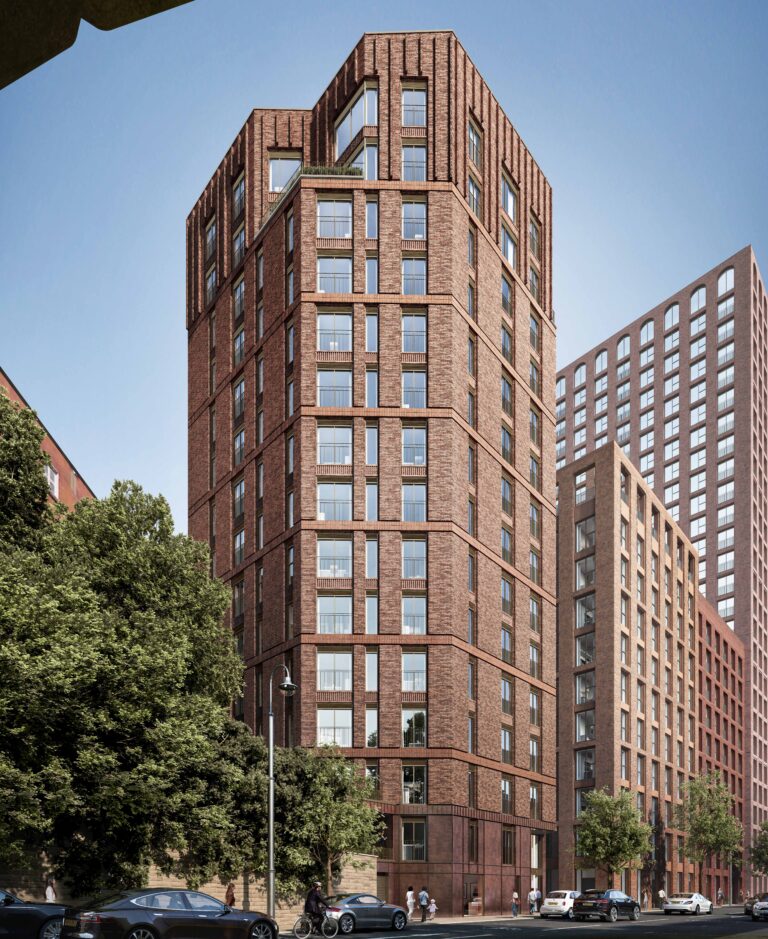Yesterday the Bank of England announced a 25bps reduction in interest rates, but mortgage providers had already been slashing their rates, enticing more property investors to the market.
The Bank of England base rate has made another steady edge downwards after the latest Monetary Policy Committee meeting, which decided on a new rate of 4.25%. It is almost exactly two years since the last time it sat at this rate, down from its most recent high of 5.25% where it remained between August 2023 and August 2024.
While interest rates are not high by historic standards – having hit highs of 17% in the 1970s and 14% in the 80s – the latest reduction, albeit small, is welcome news to borrowers as it hints at more rate falls to come, which lenders are already reacting to.
Setting the right base rate is a balancing act; higher interest rates increase the cost of borrowing, and can slow economic growth, but also reduce inflation. Meanwhile, lower rates can be positive for economic growth, but can also push inflation higher. It is something that is constantly reevaluated and tweaked depending on market conditions.
For property investors, or those considering investing savings into the property market, interest rates can play a big role. Particularly for those who rely heavily on borrowing, perhaps with larger portfolios, even a small fall in interest rates can reduce costs and improve profitability.
At the same time, those who are debating what to do with their cash may find that, with saving rates on a downward trajectory, investing in the property market can be a good way to hedge the likely interest rate reductions while benefiting from capital appreciation over the long term, potentially generating more income than leaving funds in a low-income account.
Property investors navigating the housing market
The UK housing market has continued to show its resilience through higher interest rates, affordability and cost-of-living constraints, wider economic and political turbulence, and the general headwinds that can often through other investment types off course. In the UK, the underlying gap between supply and demand holds prices steady, although property investors may be more strategic in how they invest in the current climate.
This might mean taking a closer look at specific locations that are seeing the strongest performance; targeting places that have big regeneration plans in the pipeline; or offloading older, less desireable property stock for newer, more future-proof options.
For example, a growing number of property investors who are factoring mortgage rates into the equation may look at areas where less borrowing is needed, as a way of maximising profits. As a double benefit, cheaper parts of the UK are also outperforming more expensive areas in terms of house price growth, meaning better prospects for capital appreciation.
The North West, North East and Yorkshire and the Humber, on average, have been recording significantly stronger house price gains than places like London and the South East, for example. Landlords are also reporting the highest rental yields in the north compared with the south, which is another important factor for property investors to consider.
Time to act?
Timing can be important when it comes to investing in property, although ultimately the asset class tends to be seen as a long-term option; meaning the earlier the better is often the best strategy in order to make the greatest gains. This depends on a property investor’s individual goals, though, as some prefer to ‘flip’ property to turn a faster profit, making the timing of an investment more crucial.
Investing in property off-plan is another popular strategy when it comes to getting the time right. Property investors can secure a unit (or multiple units) in a development ahead of it being built at a cheaper price than its final forecast value. This can allow more space for capital growth, as well as offering a future-proof investment in a new-build.
In terms of the base rate shift, there could be several more cuts on the cards over the coming year, which might make some property investors think about holding off until mortgage rates are lower. However, housing market activity is also ramping up, which is likely to push up competition.
Meanwhile, lenders are already bringing out more and more sub-4% mortgage options, and this seems set to continue. According to Oliver Dack, from Mortgage Advice Bureau, “a more competitive mortgage market tends to drive innovation and can see lenders more willing to stretch their multiples”, which is a further benefit to borrowers at the moment.
Also commenting on the latest rate reduction, Tim Parkes, CEO of RAW Capital Partners, said: “We are on the right path, even if the speed of travel is not fast enough for some. The base rate is now a full percentage point lower than the recent 5.25% peak we saw for much of 2023 and 2024.”
He added that if rates fall as low as 3.25% by the end of the year, more property investors and buyers could enter the housing market, pushing up transactions as well as house prices, “particularly as mortgage lenders reprice their products to reflect the medium-term predictions of a steadily falling base rate”.
Whether you’re already a seasoned property investor, or you’re thinking about buying for the first time, get in touch with BuyAssociation today to find out how we can help you build a strong portfolio.









